Exploring Unique Uses For Pandan In Malaysian Cooking
11 min read Discover innovative and traditional ways to incorporate pandan into Malaysian dishes, enhancing flavor and aroma with this versatile herb. June 28, 2025 15:05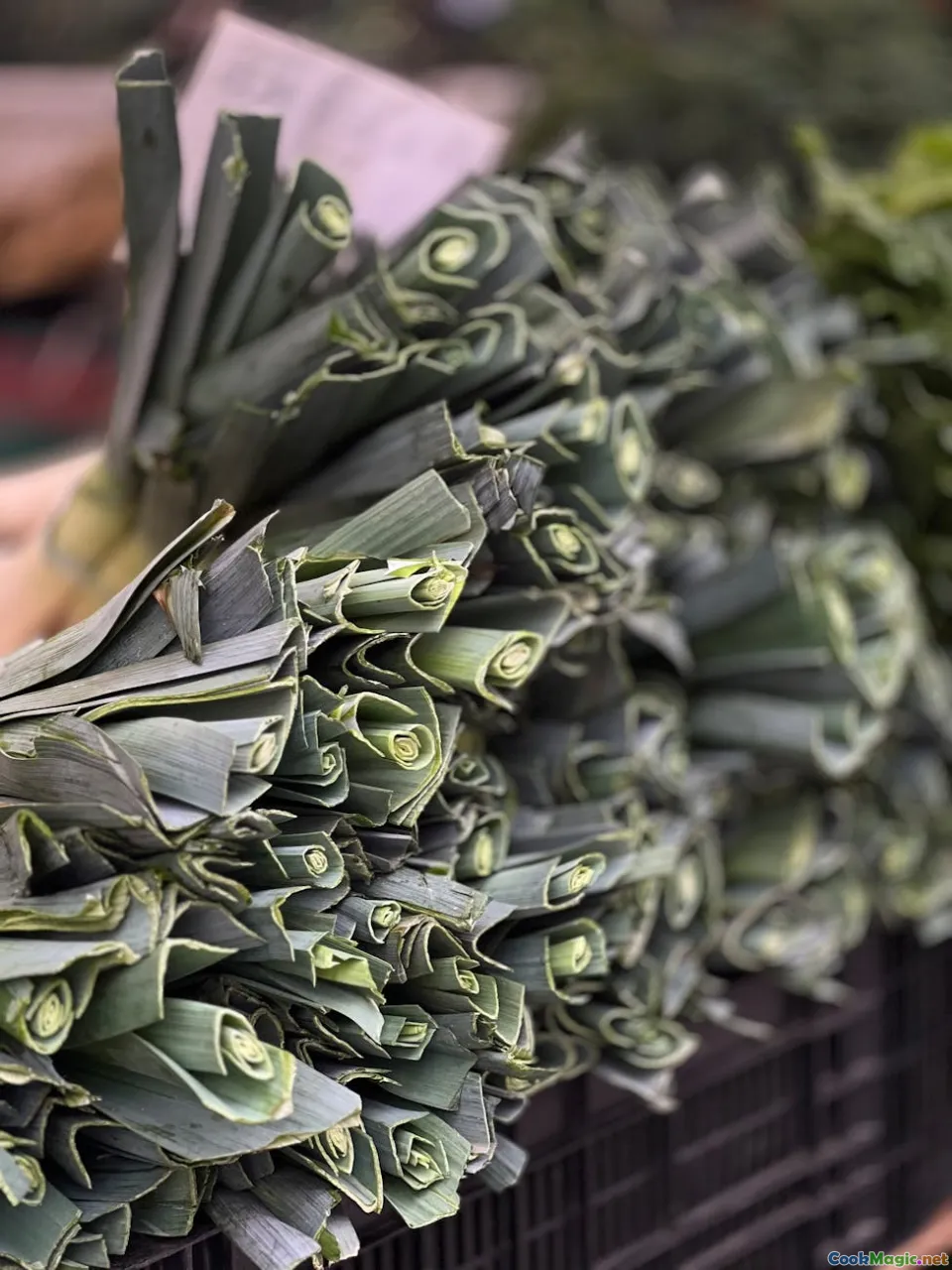
Exploring Unique Uses for Pandan in Malaysian Cooking
Few herbs in global cuisine carry the fragrant, almost mystical allure that pandan does in Malaysian kitchens. This bright green, sword-shaped leaf isn’t just a plant—it's a culinary muse that infuses everything from desserts and beverages to savoury dishes with a distinctive aroma and vibrant visual appeal. For those passionate about Malaysian cuisine, pandan isn’t just an ingredient; it’s a cultural symbol, a bridge to tradition, and an expression of local artistry. Join me as we delve into the myriad ways pandan is woven into the fabric of Malaysian gastronomy—beyond the usual, into unexpected, delightful realms.
The Cultural Roots and Sensory Journey of Pandan
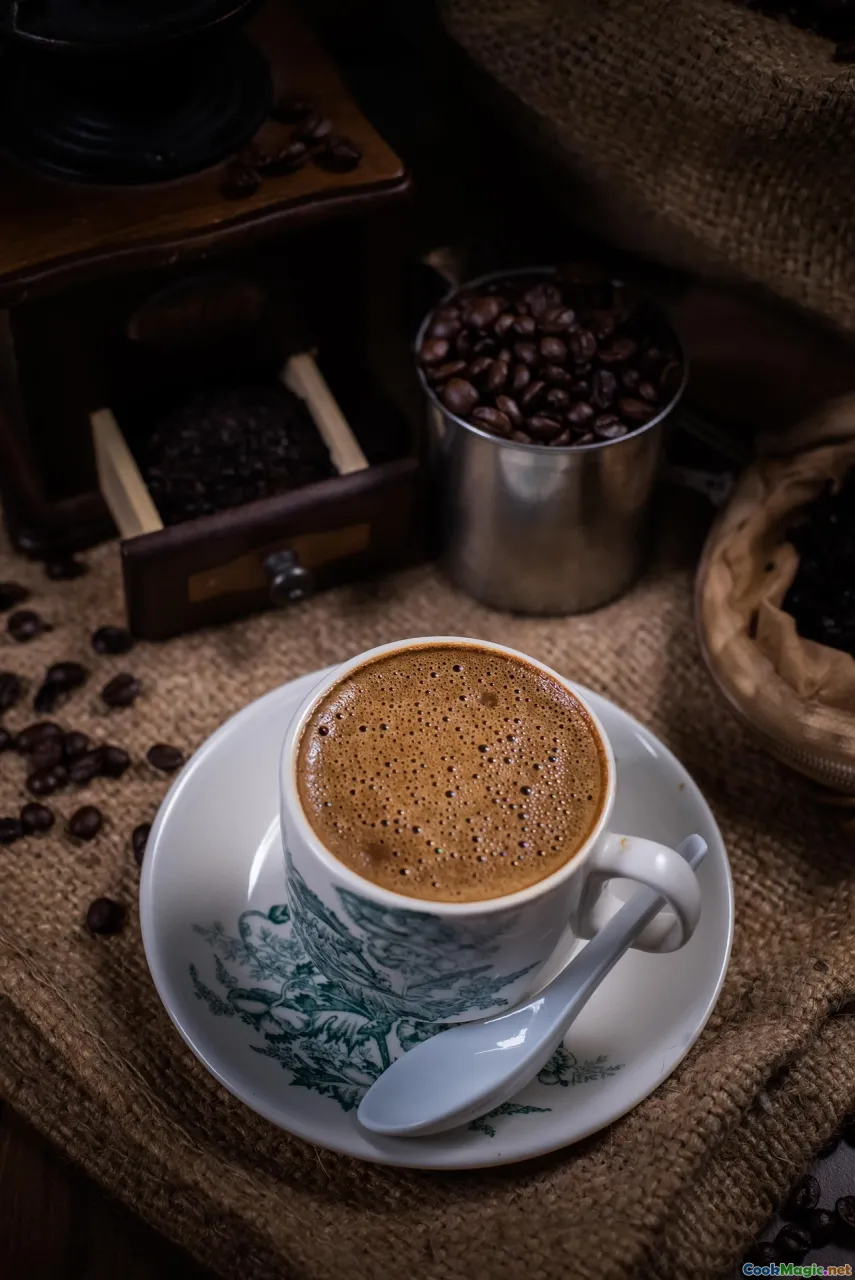
Pandan, or Pandanus amaryllifolius, has a history intertwined with Malaysian history—originating from Southeast Asia. Its sweet, floral scent and subtle grassy flavor evoke memories of childhood mornings, family gatherings, and street side stalls humming with life. The aroma of pandan is often compared to vanilla with a hint of coconut—impossibly warm and inviting—and it’s this sensory tapestry that has made it an essential ingredient in many beloved dishes.
Historically, pandan leaves were used not only for culinary purposes but also in traditional medicine—believed to have properties that promote digestion and soothe ailments. Today, beyond health beliefs, pandan’s real magic lies in its visual and olfactory appeal, which transforms ordinary ingredients into extraordinary culinary experiences.
Unconventional Culinary Uses for Pandan
While pandan is renowned for its presence in sweet desserts like kuih (Malay cakes) and pandan chiffon cake, its potential stretches far beyond. Let’s explore some innovative and truly unique uses for pandan in Malaysian-inspired cooking.
1. Pandan-Infused Savoury Broths
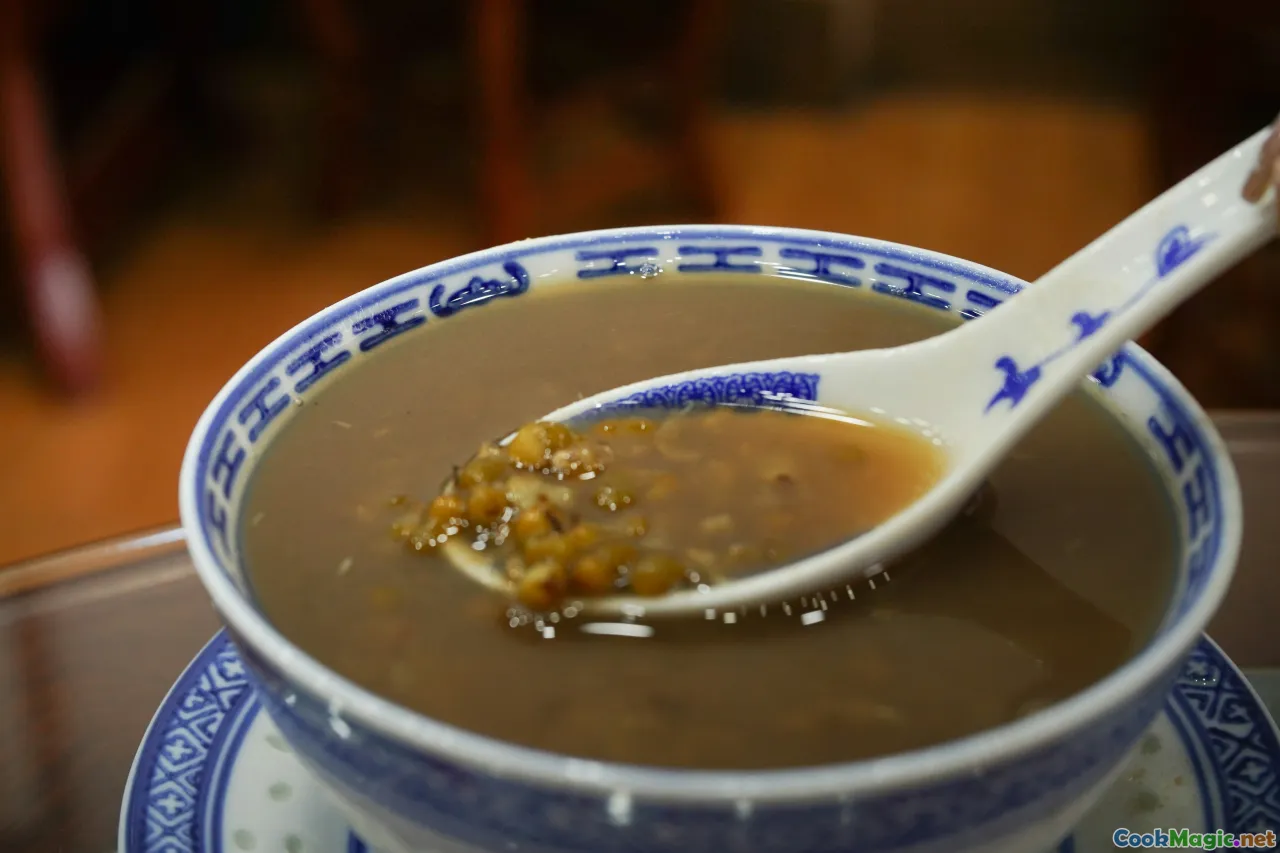
Imagine a clear, lush green broth infused with pandan leaves—an aroma that teases the senses before you even sip. This broth forms the base for many Malaysian dishes such aslaksa and soup kampung, but elevating it with a generous bunch of pandan adds a grassy sweetness that balances the richness of coconut milk and the spice of chillies.How to: Tie a few pandan leaves into a bundle and simmer gently with bones, ginger, garlic, shallots, and a few other aromatics. Strain before serving as a base for grilled chicken, seafood, or vegetable stews. The result is a fragrant, comforting bowl that hints at tropical gardens and rainy afternoons.
2. Pandan as a Natural Food Coloring and Flavoring Agent
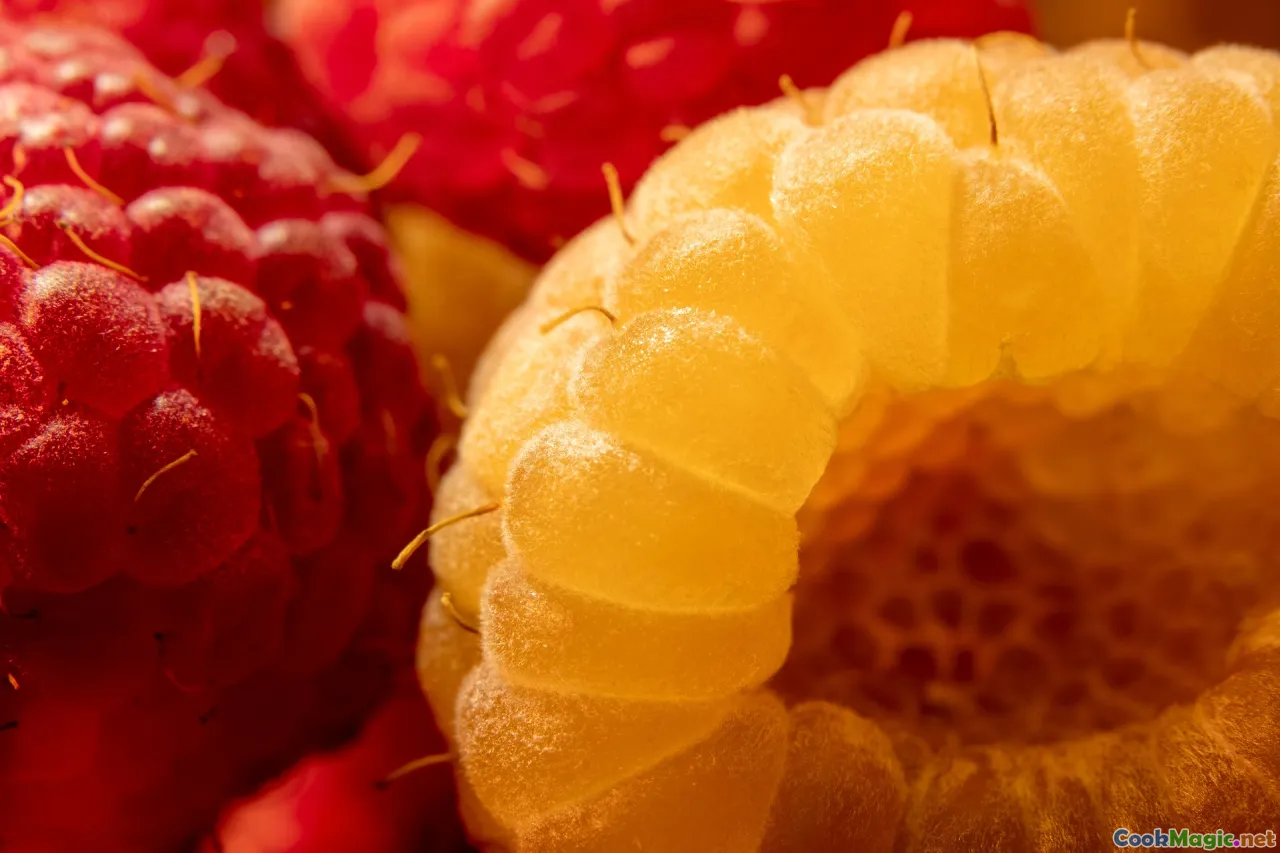
Ditch synthetic dyes—pandan offers a natural green dye with an earthy, aromatic flavor. Prepare a simple pandan extract by blending washed leaves with a little water and straining through cheesecloth. This vibrant green can brighten up kuih, steamed buns, or even rice.
For added flavor dimension, steep pandan leaves in hot coconut milk or water before using the liquid in baking or cooking. Its color deepens with heat, creating visually stunning dishes with a subtle, fragrant profile.
3. Pandan-Infused Rice and Grains
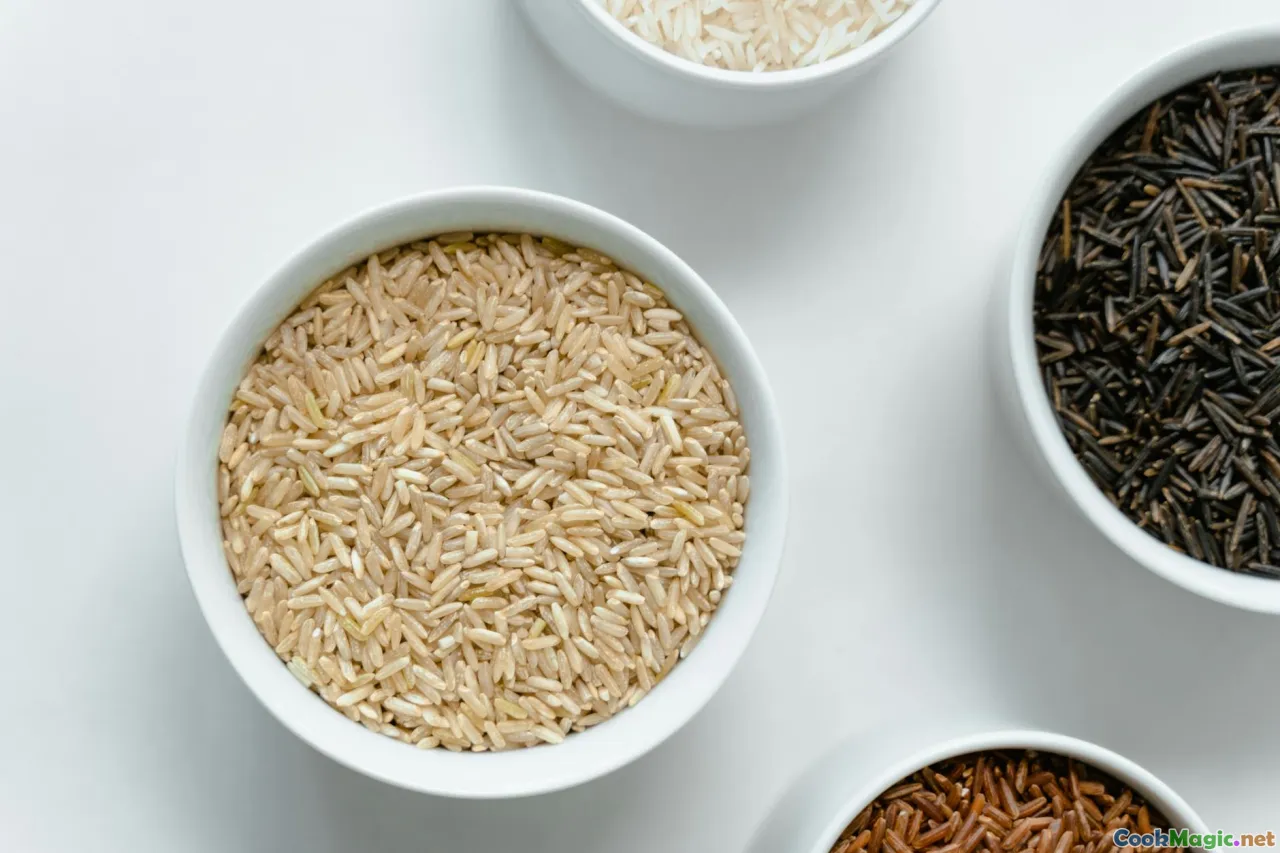
Transform everyday rice into a fragrant spectacle. Rinse jasmine rice thoroughly, then cook with a handful of torn pandan leaves submerged in the cooking water. The rice turns a gentle green and emits a sweet, floral aroma distinctive of Malaysian kitchens.
This pandan rice pairs exquisitely with spicy curries and grilled meats, providing a fragrant bed that elevates the entire dining experience.
4. Innovative Pandan Sweets and Snacks

Beyond the traditional kuih like kuih lapis or kuih talam, innovative chefs are experimenting with pandan in modern snack forms—pandan mochi infused with coconut and gula Melaka, or pandan-filled doughnuts with a hint of saltiness. Such creations showcase pandan’s versatility, blending Eastern traditions with contemporary flair.
Breaking the Mold: Combining Pandan with Local Ingredients
1. Pandan and Durian—A Tropical Dream
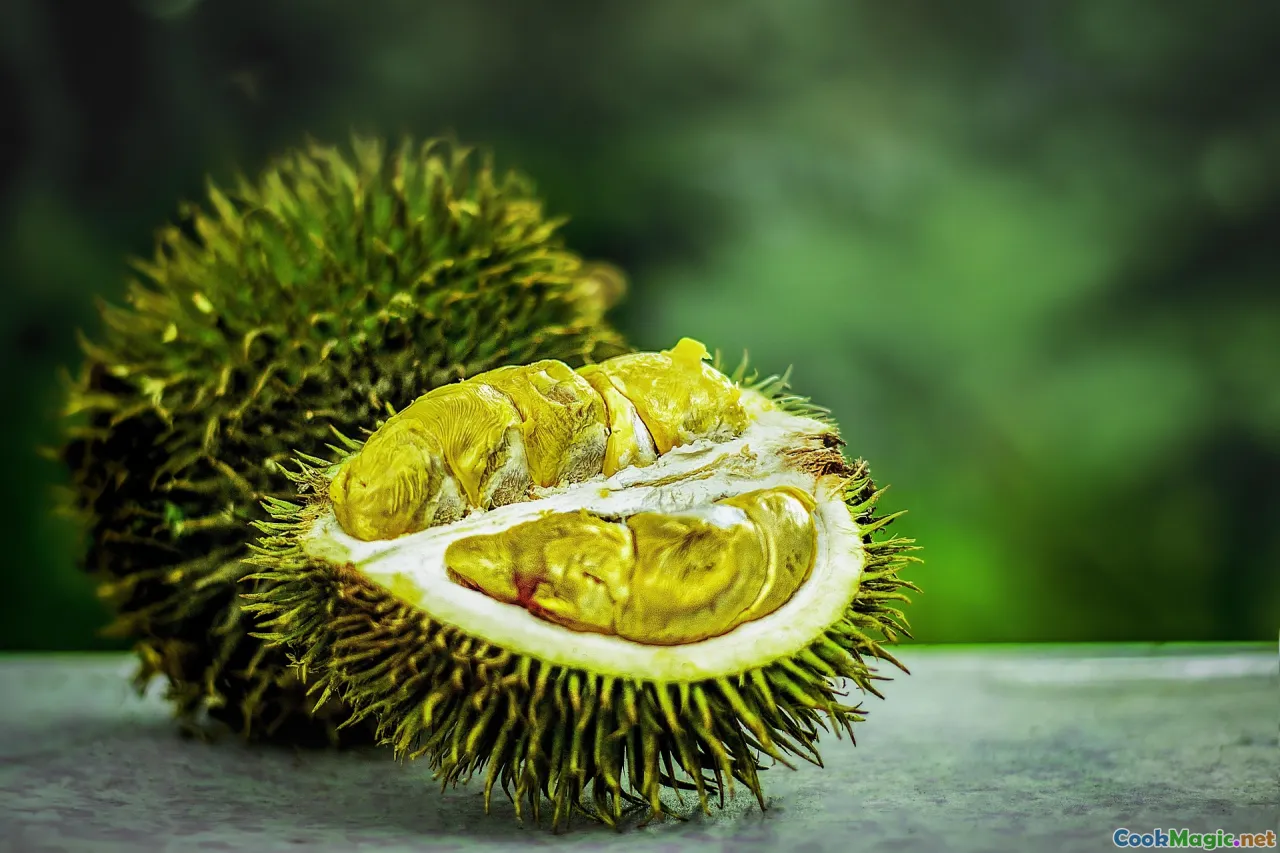
Tropical synergy at its finest, pandan and durian create a harmony of bold flavors and aromas. Use pandan-infused coconut milk as a base for durian ice cream, or wrap durian pulp in pandan-flavored steamed buns. The earthy, fragrant notes of pandan tame the sometimes overpowering durian, resulting in a balanced, complex flavor profile.
2. Pandan and Seafood Grills
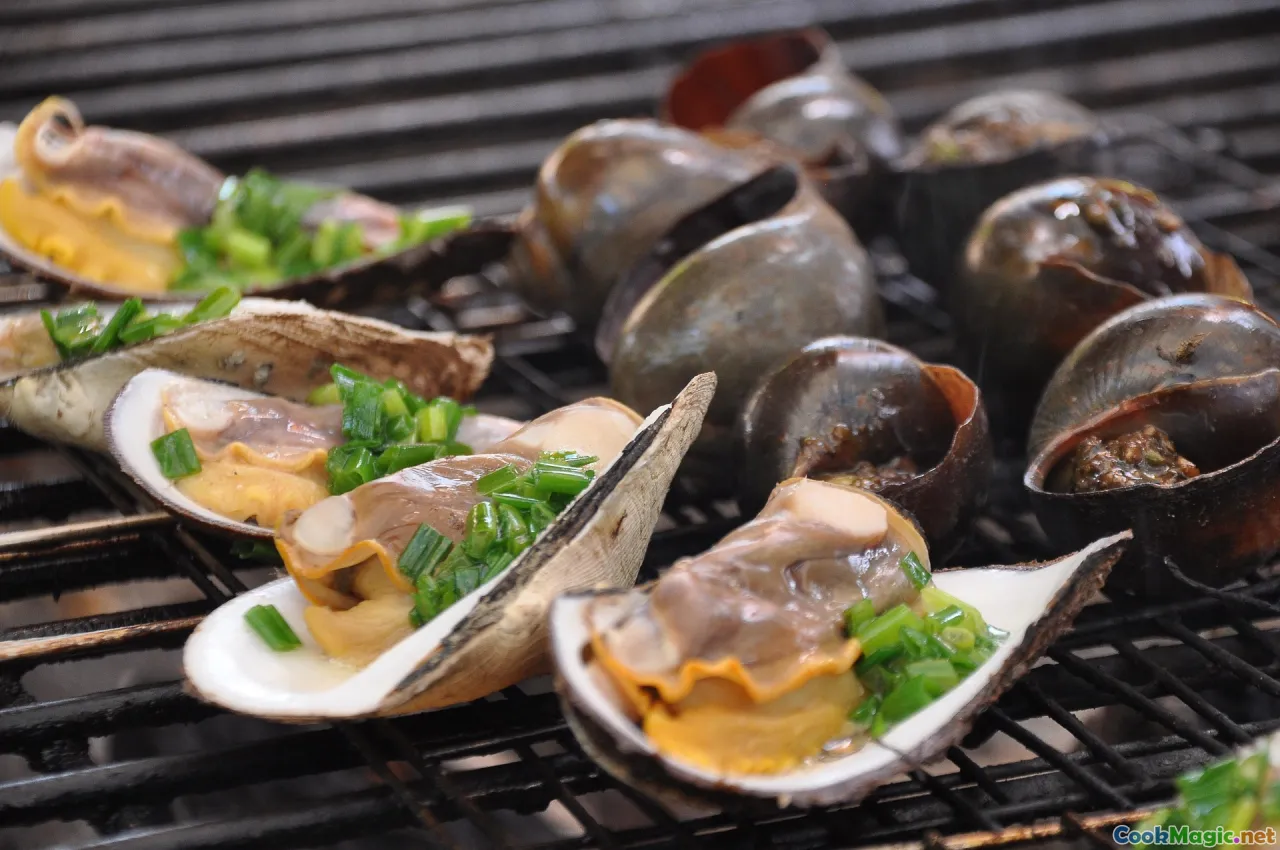
Marinate seafood—such as shrimp or fish—in pandan-infused spice rubs or wrap in pandan leaves before grilling. As the leaves char, they impart a fragrant smoke and subtle sweetness, enhancing marinated seafood’s natural flavours.
3. Aromatic Pandan Tea and Beverages
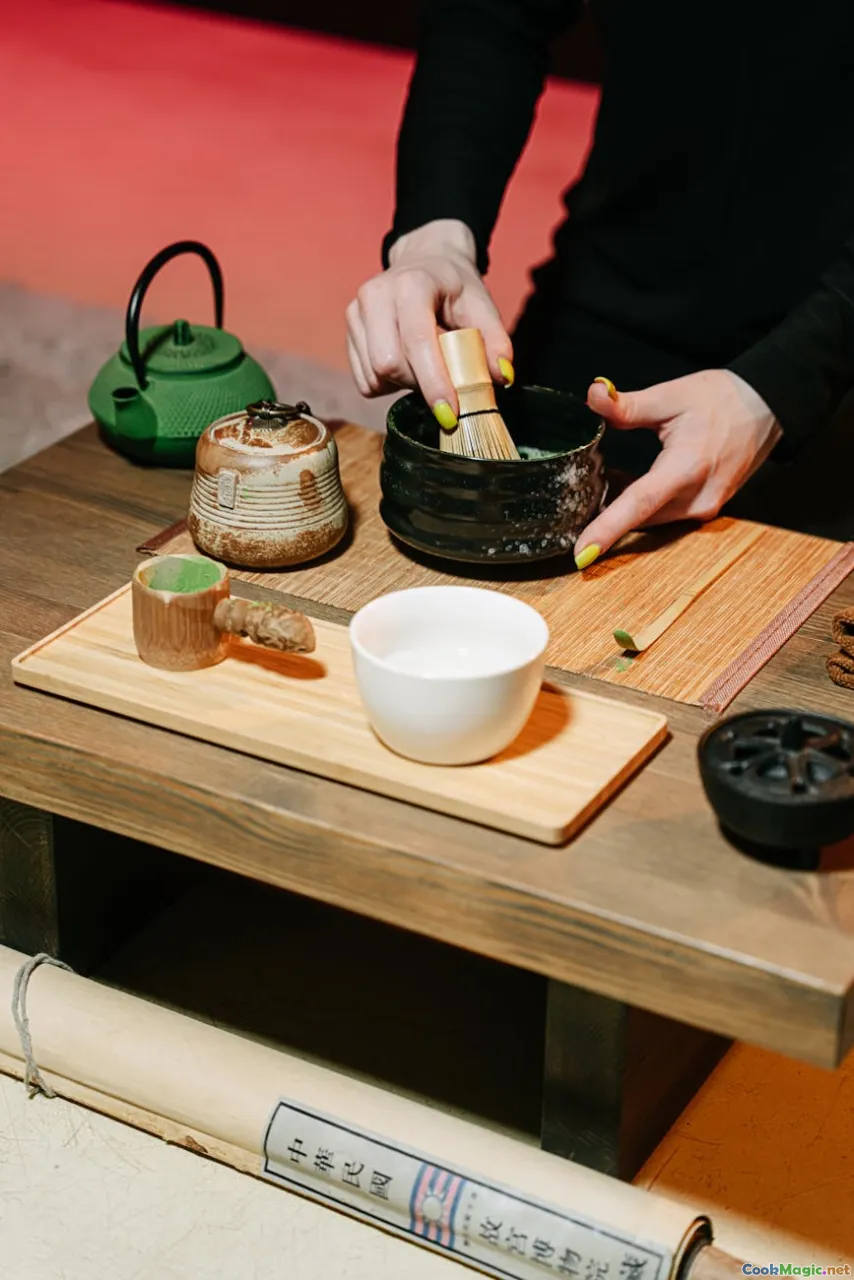
Infuse hot water with crushed pandan leaves for a calming, aromatic tea. Serve chilled with a squeeze of lime and honey or coconut syrup. It’s a refreshing alternative that combines tradition with modern wellness trends—a natural way to hydrate with a distinctly Malaysian twist.
Cooking Tips and Tricks for Working with Pandan
- Freshness is Key: Use fresh pandan leaves for the most vibrant aroma. Bind them into tight bundles or tie into knots for easy removal after infusion.
- Preparing Extracts: Blend leaves with water and strain for a potent extract. Store refrigerated for up to a week.
- Color Control: To achieve a vivid green color, add a pinch of baking soda to the pandan extract during cooking—a tip passed down through generations.
- Pair with Complementary Flavors: Pandan’s grassy notes work beautifully with coconut, gula Melaka, ginger, and citrus—experiment to find your favorite combinations.
Personal Reflections and Culinary Discoveries
Having grown up in Kuala Lumpur’s bustling Jalan Pasar stalls, I remember the intoxicating smell of pandan wafting through the air—from stalls selling fragrant kuih to street-side stalls brewing pandan-infused drinks. Its presence evokes nostalgia and evokes the tropical land I love.
One of my most memorable culinary adventures was visiting a traditional kuih maker in Penang. The auntie there imparted her secret—tying pandan leaves in complex knots to impart maximal aroma—and watching her create multicolored kuih lapis with layered perfection was mesmerizing. Pandan’s deep cultural roots inspired me to think beyond desserts—finding new ways to integrate it into contemporary gastronomy.
The Ongoing Experimentation and Future Possibilities
Today’s chefs and home cooks alike are pushing climatic, traditional, and culinary boundaries with pandan. From pandan basil pesto to savory ice creams and even cocktails garnished with pandan sprigs, the creative potential is seemingly limitless.
In Malaysia, pandan remains a symbol of national identity—a humble leaf that, when wielded with intention, can transform dishes into edible art. Its unique uses reflect not just culinary innovation but a deep respect for cultural traditions. As we continue exploring, one thing remains clear: pandan’s fragrant touch is here to stay, weaving new stories into Malaysia’s vibrant food tapestry.
Whether in your kitchen or a bustling roadside café, embracing pandan’s versatility offers a delicious journey—one that celebrates flavor, history, and the boundless creativity of Malaysian cuisine.









